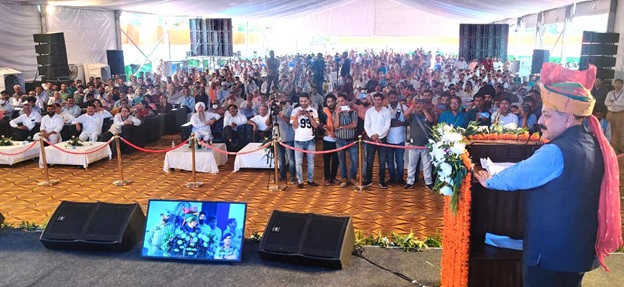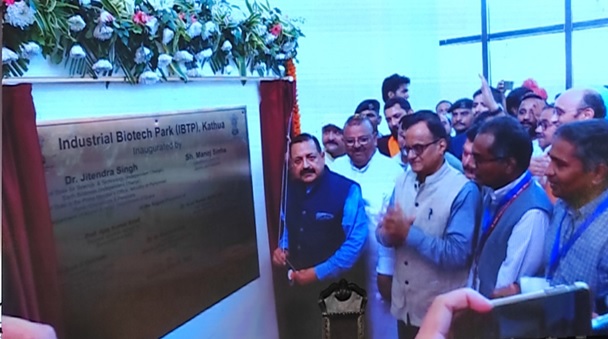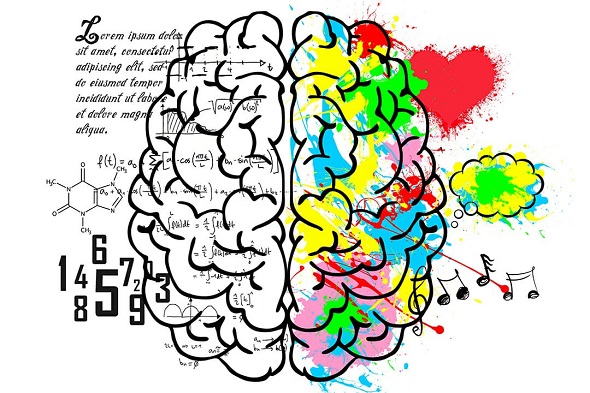
Courtesy: Brain World
Researchers from the Cognitive Brain Dynamics Lab, National Brain Research Centre, Manesar and the Indian Institute of Technology (IIT), Jodhpur, have looked into understanding how the brain processes building blocks of music such as rhythmic tones with fixed frequency and specifically how the right side of the brain is specialized for this task.
Like our body, the brain looks symmetrical from the outside, but its two hemispheres have functions. The two hemispheres of our brains, the left and the right, have other roles and specialize in different tasks. For example, language processing is left hemisphere dominant, whereas recent studies show music processing can be bi-hemispheric with right hemispheric asymmetry.
“Regardless of which ear the sounds were heard in, the right side of the brain continued to specialize in rhythmic tone processing, which are the building blocks of music. We could infer how a bundle of nerves called the corpus callosum, that connects two hemispheres, may aid in the maintenance of right hemispheric specialisation during different auditory environments,” says Arpan Banerjee, the lead researcher.
The team also examined the brain mechanisms underlying the entrainment of rhythmic tone and to understand why the right hemisphere of the brain is more involved in such tasks, whether the left hemisphere has a role to play since ultimately the entire brain is a densely connected network.
Sindhudurg part of Western Ghats is home to over 250 threatened species of amphibians, only found there and nowhere else in the world. Researchers from the Cognitive Brain Dynamics Lab, National Brain Research Centre, Manesar and the Indian Institute of Technology (IIT), Jodhpur, have looked into understanding how the brain processes building blocks of music such as rhythmic tones with fixed frequency and specifically how the right side of the brain is specialized for this task.
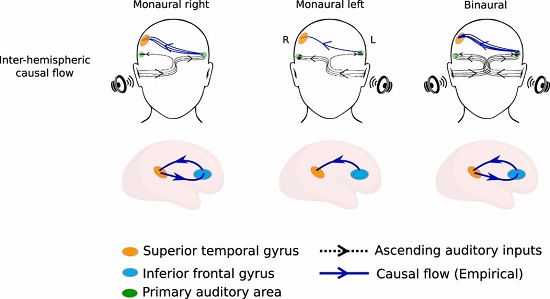
“The division of labour between the two hemispheres helps the brain process information more efficiently, since each hemisphere can focus on its specific tasks without getting distracted by other things,” researchers explain.
The researchers measured the brain’s electrical activity using a non-invasive method called Electroencephalography (EEG). Electrodes were placed on the scalp, which picked up signals generated by assemblies of brain cells. However, since the skull covers the brain, it is difficult to pinpoint exactly where these signals are coming from. They used MRI (Magnetic Resonance Imaging), to know the physical properties of different brain tissues.
By combining information from EEG and MRI along with advanced mathematical algorithms, they could create detailed maps showing where the brain activity was occurring and how signals were being transmitted through different brain regions during different auditory environments.
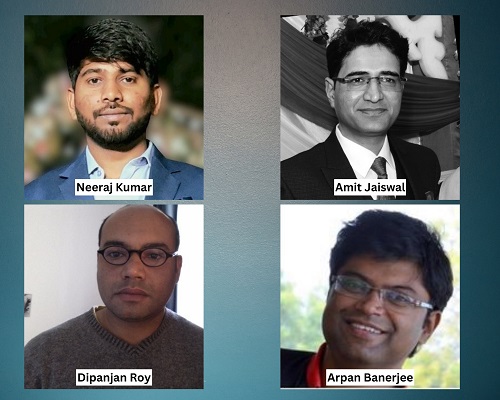
“Most importantly, we could create directional maps of how information flows among brain areas using a method called Granger causality, first used in Econometrics by Nobel laureate Clive Granger,” inform Dr Banerjee.
This knowledge could be helpful in developing interventions for individuals with difficulties in central auditory processing, tinnitus, etc. The researchers, however, recommend further investigations to decipher structural connectivity’s role in processing different sounds, such as speech/language and music. It could help understand pathologies of communication disorders, including learning disorders, autism spectrum disorders, and other mental disorders.
India Science Wire
ISW/SM/NBRC/Brain/Eng/21/04/2023




